Marksburg
Even a brief visit will explain why the Marksburg survived numerous sieges. As a pre-cannon era fortification, it is hardly without parallel. And even against cannon-armed opponents it could hold its own due to its dominating location.
Below is a good photo of how the interior floors were built and supported in most castles. The beams are not original, but they do follow the general pattern. While the technology was available to build arch supported stone floors, it was far more costly to do so. Money was instead poured into the bastions and defensive walls.
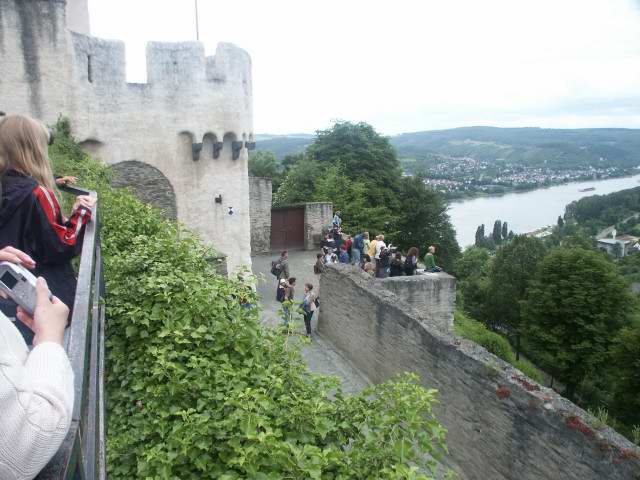
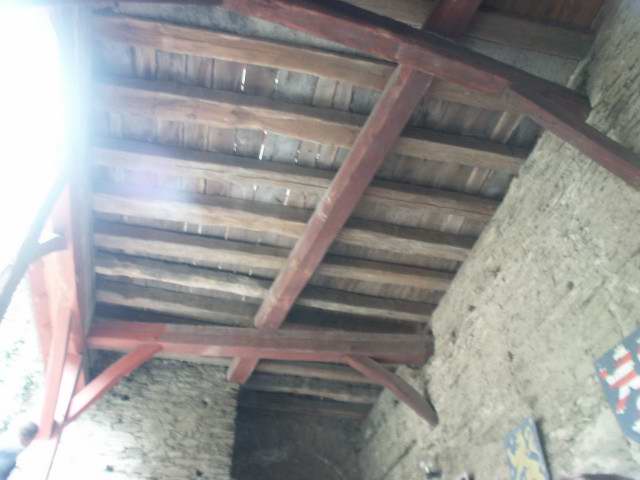
Above right, a battery of sixteenth century smoothbore cannon of a class that I'm not certain of, as I'm not an expert in early artillery. Below it is an example of a fifteenth century breechloading gun. The breech was removed to load the chamber, then replaced to have the barrel squeezed back against it. Early cannon, such as the bombard, were almost as dangerous to their crews as they were to the enemy. Most early gun crews were actually hired civilians who were relative experts in their use, and they would often flee their pieces in the heat of battle.
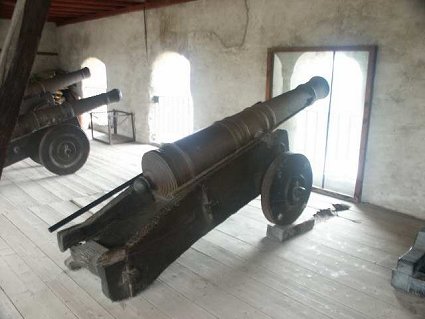
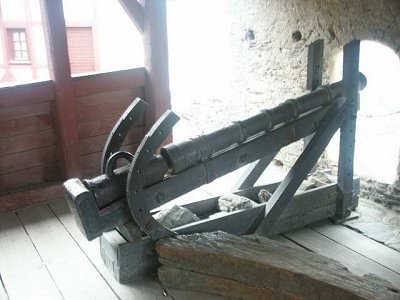
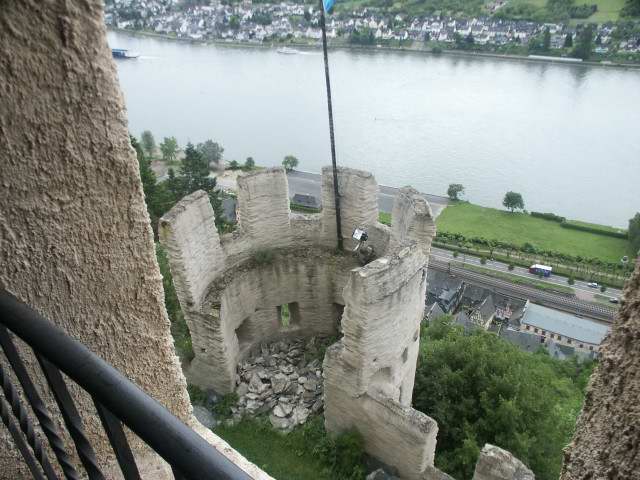
Left, the turret guarding the Rheinbau wall that faces the river. This clearly shows that there had once been a stone floor 3/4 the way up the turret. This would allow men to man it at two levels. This section is currently inaccessable.